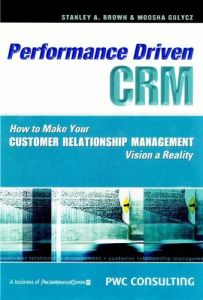
Recommendation
Right or wrong, the customer is always the source of prosperity. Since your business depends on satisfying, keeping and increasing your customers, you’ll be glad to know their happiness is in your hands. Stanley A. Brown and Moosha Gulycz describe how to start and run an effective Customer Relationship Management (CRM) program. First, understand your customer and your organization. Then, commit to improving quality, ever striving up hill. Though they stop blessedly short of saying, "just hire us," the authors/consultants explain how to use CRM techniques and measurement tools. The principles are familiar, but the detail-rich text uses visuals, questionnaires and case studies for deeper, hard-core teaching. All this nitty-gritty isn’t for amateurs, so getAbstract.com knows the target customers for this book: managers involved in customer relations; this door is for staff only.
Summary
About the Authors
Stanley A. Brown is a partner in PricewaterhouseCoopers LLP’s Customer Relationship Management (CRM) consulting practice. He leads PwC Consulting’s International Center of Excellence in Customer Care. He is a frequent speaker on customer care and the author of six books on customer service. Moosha Gulycz leads the Canadian CRM Integrated Multichannel Solutions/Call Center consulting practice at PwC Consulting.










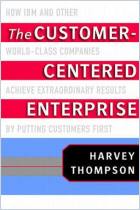
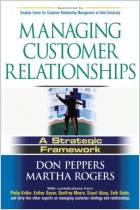

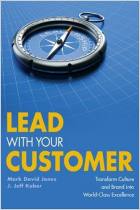
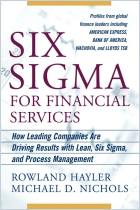
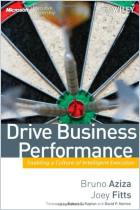




Comment on this summary